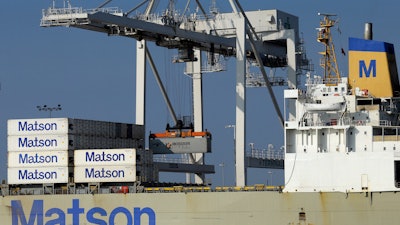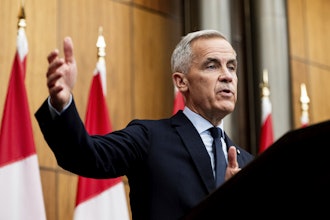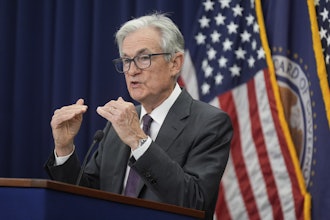
WASHINGTON (AP) — Record exports trimmed the U.S. trade deficit in March, the first drop in seven months in a massive gap that President Donald Trump is determined to shrink with an aggressive America first policy.
The Commerce Department says the trade deficit — the difference between what America sells and what it buys in foreign markets — slid to $49 billion, down from $57.7 billion in February and lowest since September.
Trump has vowed to bring down America's massive deficits, which he blames on bad trade agreements and abusive practices by U.S. trading partners.
Exports rose in March to a record $208.5 billion, led by shipments of civilian aircraft and soybeans. Imports slipped 1.8 percent to $257.5 billion.
The United States ran a $20.5 billion surplus in the trade of services such as education and banking. But that was offset by a $69.5 billion deficit in the trade of goods.
Top administration officials are visiting Beijing this week for talks aimed at reducing America's huge trade deficit in goods with China, which fell 11.6 percent in March to $25.9 billion. Trump is threatening to slap tariffs on up to $150 billion in Chinese products, and the Chinese have targeted $50 billion in U.S. products, including soybeans and small aircraft.
The administration is also seeking to renegotiate the North American Free Trade Agreement with Mexico and Canada, and has slapped tariffs on imported steel and aluminum.
Despite the reduction in March, the trade gap is up 18.5 percent to $163.4 billion so far this year.
The president views trade deficits as a sign of economic weakness that can be brought down by more aggressive trade policies. Most economists say they are caused by bigger economic forces, mainly the fact that the United States consistently spends more than it produces.
The trade gap has continued to rise since Trump entered the White House partly because the U.S. economy is strong and American consumers have an appetite for imported products and the confidence and financial wherewithal to buy them.






















